Filter by
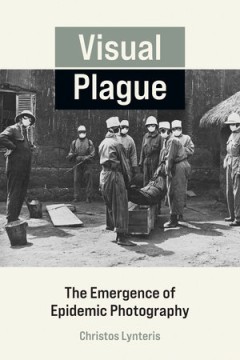
Visual Plague: The Emergence of Epidemic Photography
How epidemic photography during a global pandemic of bubonic plague contributed to the development of modern epidemiology and our concept of the “pandemic.” In Visual Plague, Christos Lynteris examines the emergence of epidemic photography during the third plague pandemic (1894–1959), a global pandemic of bubonic plague that led to over twelve million deaths. Unlike medical photography…
- Edition
- -
- ISBN/ISSN
- 9780262370912
- Collation
- -
- Series Title
- -
- Call Number
- 614.4

Digital Oil: Machineries of Knowing
How is digitalization of the offshore oil industry fundamentally changing how we understand work and ways of knowing? Digitalization sits at the forefront of public and academic conversation today, calling into question how we work and how we know. In Digital Oil, Eric Monteiro uses the Norwegian offshore oil and gas industry as a lens to investigate the effects of digitalization on embodied…
- Edition
- -
- ISBN/ISSN
- 9780262372282
- Collation
- -
- Series Title
- -
- Call Number
- 662.6
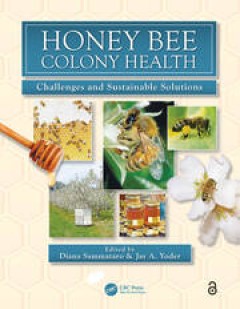
Honey Bee Colony Health : Challenges and Sustainable Solutions
This book summarizes the current progress of bee researchers investigating the status of honey bees and possible reasons for their decline, providing a basis for establishing management methods that maintain colony health. Integrating discussion of Colony Collapse Disorder, the chapters provide information on the new microsporidian Nosema ceranae pathogens, the current status of the parasitic b…
- Edition
- -
- ISBN/ISSN
- 9780429185045
- Collation
- -
- Series Title
- -
- Call Number
- 630

Age of Auto Electric: Environment, Energy, and the Quest for the Sustainable Car
The electric vehicle revival reflects negotiations between public policy, which promotes clean, fuel-efficient vehicles, and the auto industry, which promotes high-performance vehicles. Electric cars were once as numerous as internal combustion engine cars before all but vanishing from American roads around World War I. Now, we are in the midst of an electric vehicle revival, and the goal fo…
- Edition
- -
- ISBN/ISSN
- 9780262372022
- Collation
- -
- Series Title
- -
- Call Number
- 629.222

¡Alerta!: Engineering on Shaky Ground
A lively account of a controversial technology developed to mitigate earthquake risk and change how we live with threatening environments. The Sistema de Alerta Sísmica Mexicano is the world's oldest public earthquake early warning system. Given the unpredictability of earthquakes, the technology was designed to give the people of Mexico City more than a minute to prepare before the next bi…
- Edition
- -
- ISBN/ISSN
- 9780262374385
- Collation
- -
- Series Title
- -
- Call Number
- 624.1762

Data Paradoxes: The Politics of Intensified Data Sourcing in Contemporary Hea…
Why healthcare cannot—and should not—become data-driven, despite the many promises of intensified data sourcing. In contemporary healthcare, everybody seems to want more data, of higher quality, on more people, and to use this data for a wider range of purposes. In theory, such pervasive data collection should lead to a healthcare system in which data can quickly, efficiently, and unambi…
- Edition
- -
- ISBN/ISSN
- 9780262374156
- Collation
- -
- Series Title
- -
- Call Number
- 610.28

Prison Media: Incarceration and the Infrastructures of Work and Technology
How prisoners serve as media laborers, while the prison serves as a testing ground for new media technologies. Prisons are not typically known for cutting-edge media technologies. Yet from photography in the nineteenth century to AI-enhanced tracking cameras today, there is a long history of prisons being used as a testing ground for technologies that are later adopted by the general public.…
- Edition
- -
- ISBN/ISSN
- 9780262374347
- Collation
- -
- Series Title
- -
- Call Number
- 681.76
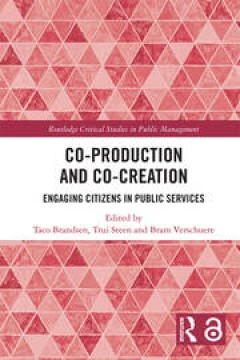
Co-Production and Co-Creation : Engaging Citizens in Public Services
Co-production and co-creation occur when citizens participate actively in delivering and designing the services they receive. It has come increasingly onto the agenda of policymakers, as interest in citizen participation has more generally soared. Expectations are high and it is regarded as a possible solution to the public sector’s decreased legitimacy and dwindling resources, by accessing m…
- Edition
- -
- ISBN/ISSN
- 9781315204956
- Collation
- -
- Series Title
- -
- Call Number
- 650
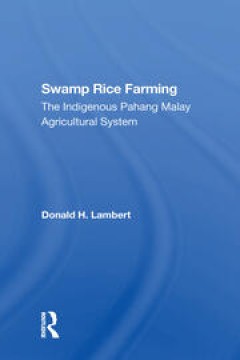
Swamp Rice Farming
This first detailed ethnographic account of the Pahang Malay people of peninsular Malaysia focuses on the society's traditional agricultural system, particularly on its specialization in the production of rice on largely unmodified natural swampland. Dr. Lambert discusses the historical development of Pahang Malay rice farming, its dependence on indigenous knowledge of local ecology, and its ad…
- Edition
- -
- ISBN/ISSN
- 9780429308086
- Collation
- -
- Series Title
- -
- Call Number
- 630
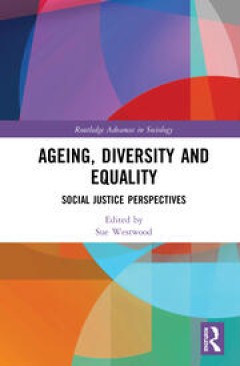
Ageing, Diversity and Equality : Social Justice Perspectives
Current understandings of ageing and diversity are impoverished in three main ways. Firstly, with regards to thinking about what inequalities operate in later life there has been an excessive preoccupation with economic resources. On the other hand, less attention has been paid to cultural norms and values, other resources, wider social processes, political participation and community engagemen…
- Edition
- -
- ISBN/ISSN
- 9781315226835
- Collation
- -
- Series Title
- -
- Call Number
- 610
 Computer Science, Information & General Works
Computer Science, Information & General Works  Philosophy & Psychology
Philosophy & Psychology  Religion
Religion  Social Sciences
Social Sciences  Language
Language  Pure Science
Pure Science  Applied Sciences
Applied Sciences  Art & Recreation
Art & Recreation  Literature
Literature  History & Geography
History & Geography